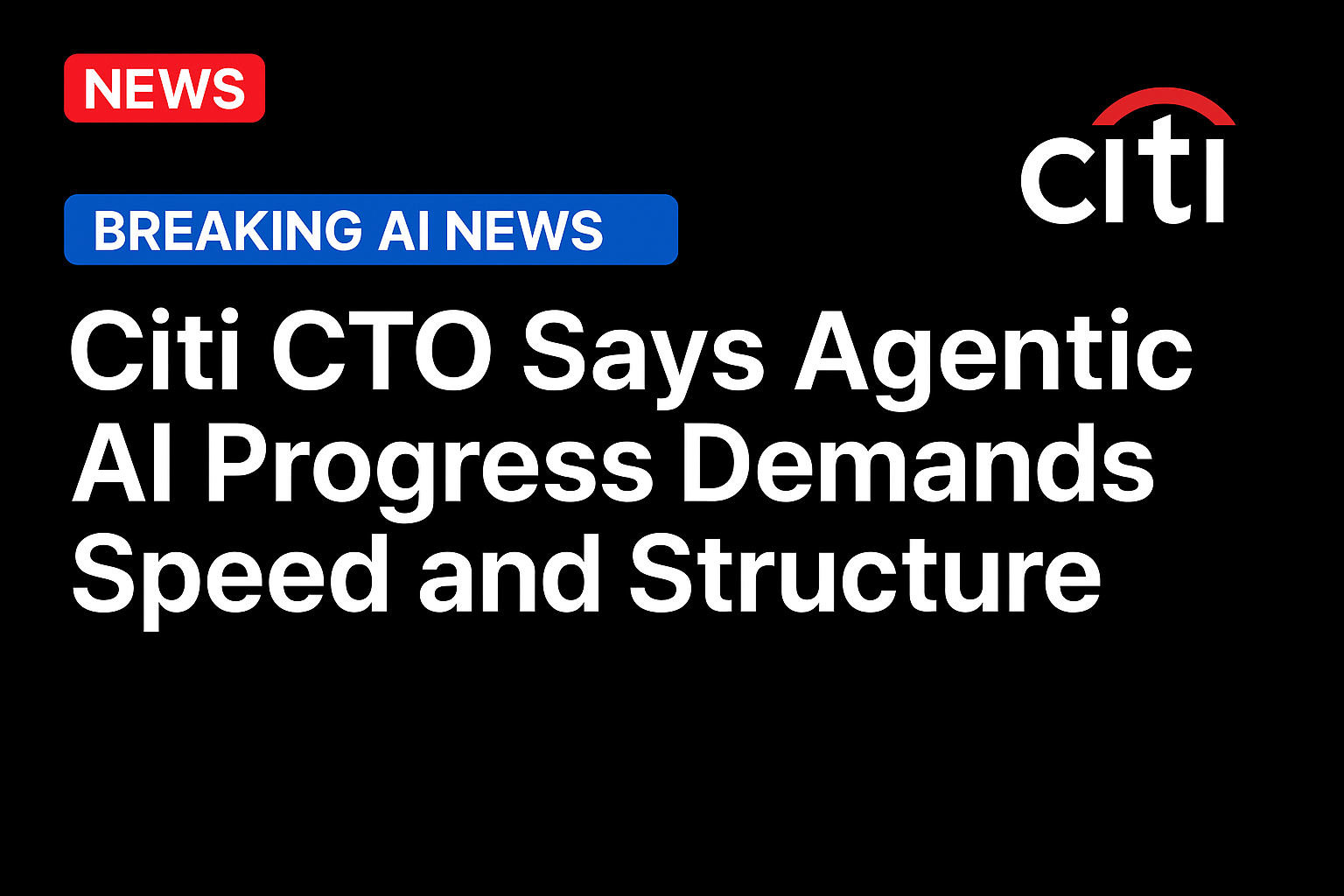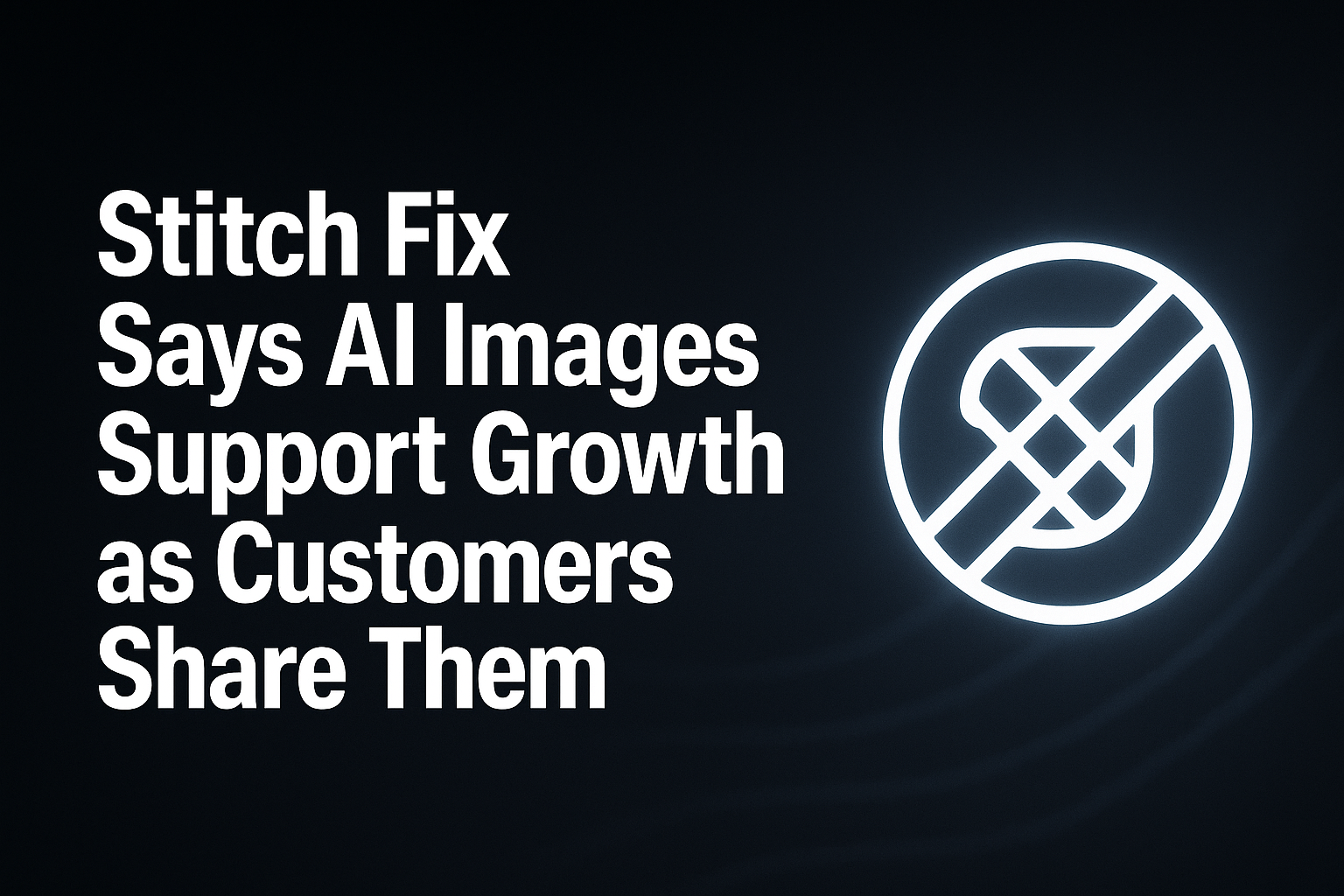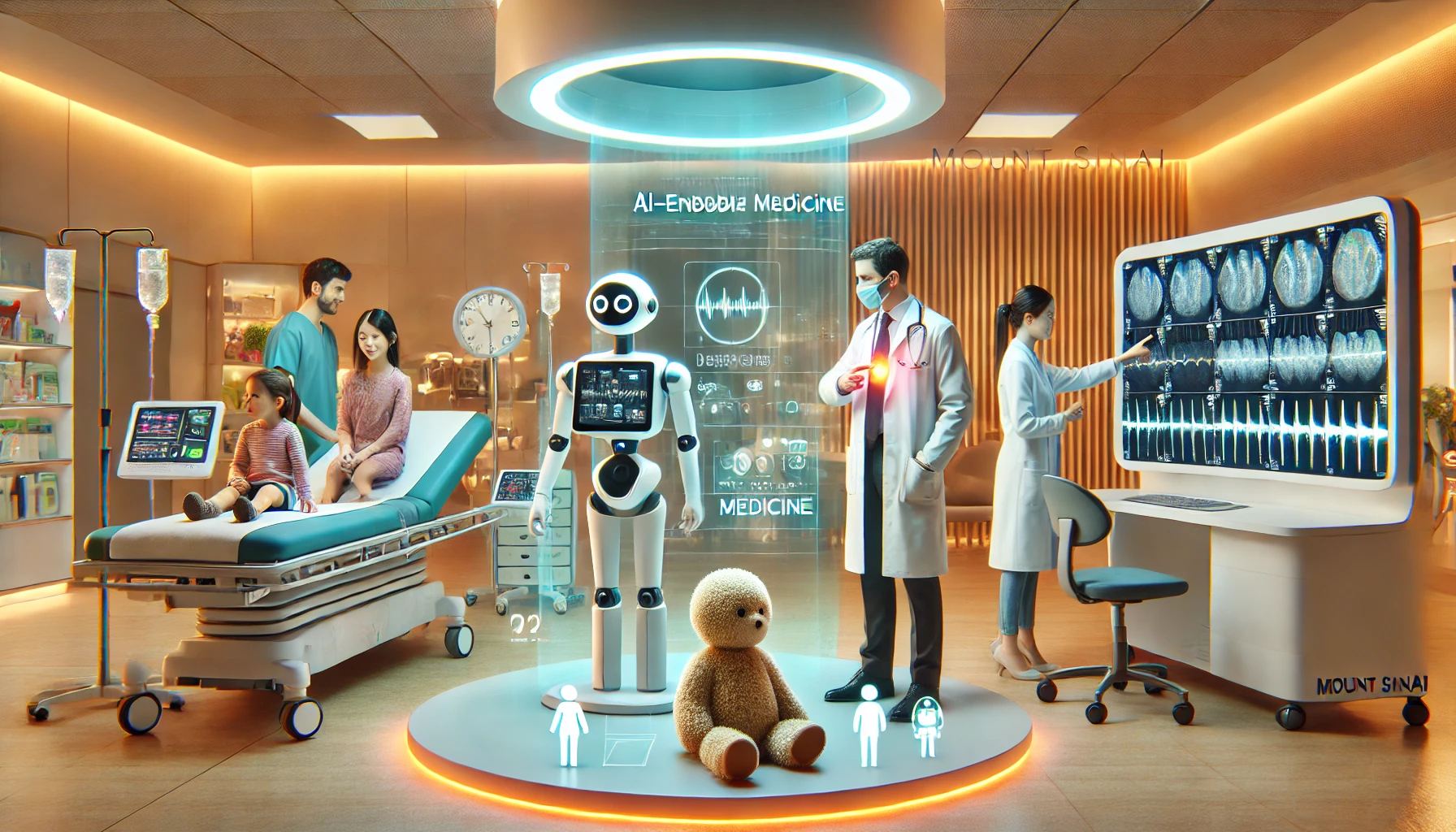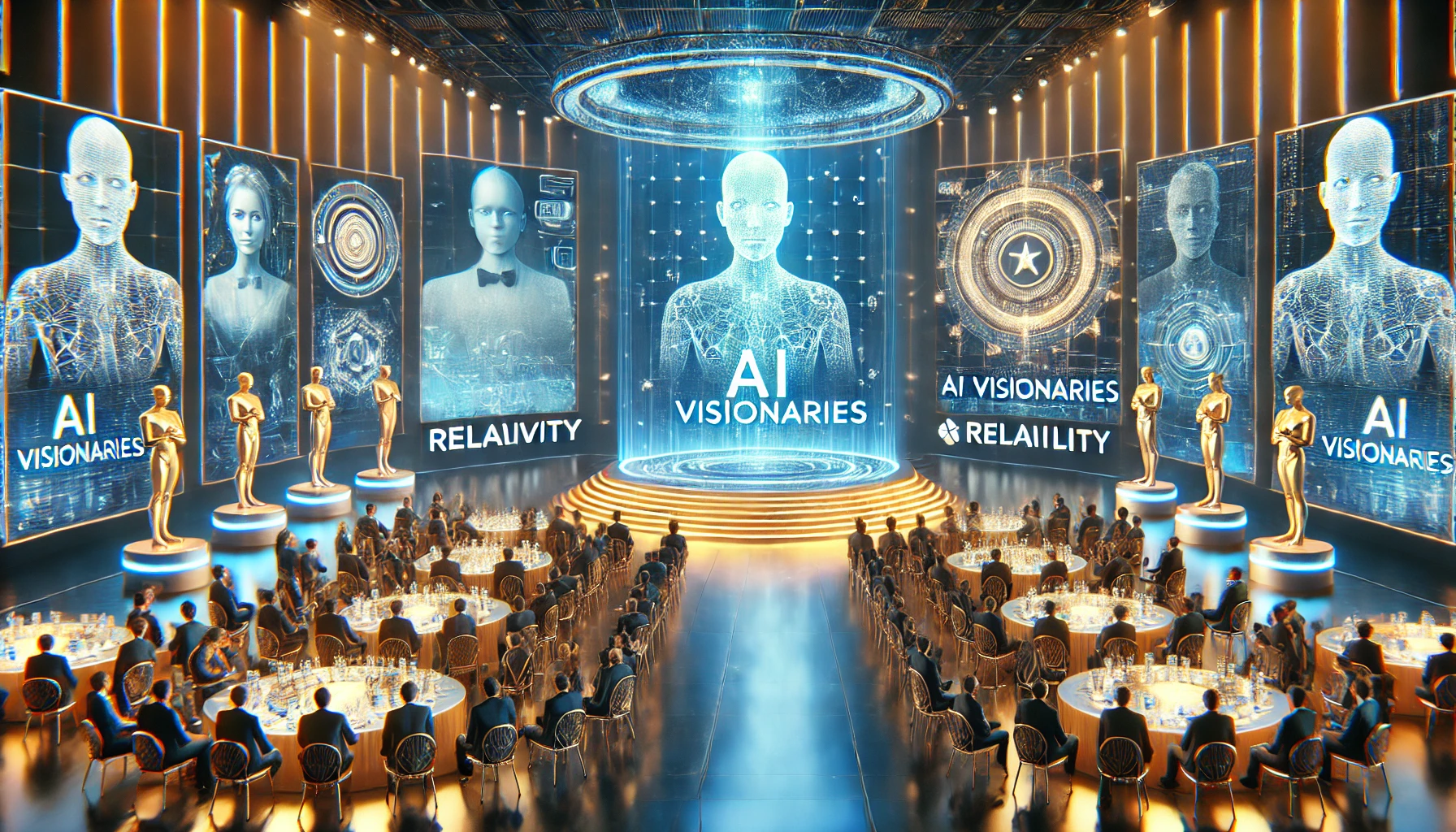Citi is deepening its use of artificial intelligence (AI) across the enterprise with the launch of an upgraded Stylus Workspaces, an internal productivity platform designed to automate multistep workflows and enable more autonomous execution across its operations.
Chief Technology Officer David Griffiths told PYMNTS the initiative marks Citi’s move from using AI primarily as a support tool to developing agentic systems that can plan, execute and refine tasks with minimal supervision while upholding the governance and compliance standards required in global finance.
The latest version of Stylus Workspaces combines what were once fragmented, manual workflows into a single prompt-driven interface. Tasks that previously required multiple tools or approvals can now be completed in one interaction.
“You might go into a tool today, and AI will help you get the immediate task done,” Griffiths said. “What agentic AI can do is string a few of those tasks together for you and complete them step by step on your behalf.”
The platform connects directly with Citi’s internal systems, including its employee directory, project management platforms and data sources, while also drawing from external research and web analysis. Griffiths said the goal is to create an intelligent operational layer that handles background work while employees focus on strategy and decision-making.
“Even if autonomous execution still happens under human supervision, you have something that can function more independently,” he said. “That gives people time back while the AI runs in the background.”
Security, Spend and Scale
Griffiths said expanding AI capabilities at Citi starts with defining boundaries around safety, cost and oversight. Citi’s approach focuses on defining what qualifies as an agentic system and embedding control mechanisms at every stage of its operations. By establishing those definitions up front, the bank can map how systems are trained, deployed and monitored, ensuring that access rights, model behavior and data usage remain transparent and auditable.
That clarity is what allows the bank to scale confidently, he said. Each model and process sits within Citi’s central AI framework, giving teams a single source of visibility into how systems operate and what data they touch.
That same level of rigor extends to financial transparency.
“Some of these AI models can be really expensive,” he said. “Everything we do runs through our Citi AI platform, which gives us a single view of every dollar we spend, attributed to every single employee that spends it.”
The setup enables Citi to connect spending directly to outcomes, allowing the company to model efficiency and measure savings in real time.
“Two things are important: revenue and expense,” Griffiths said. “Everything we do with AI needs to lead to more revenue or less expense.”
By linking usage metrics to performance data, the bank can determine where automation has the greatest measurable impact.
Adoption Challenges
Griffiths said the challenge is balancing control with progress. The company’s technology, risk and cybersecurity teams operate within a unified governance framework that enables what he described as “fast review and safe progress.” Citi can experiment with new capabilities quickly while maintaining compliance across business lines. Its partnerships with major AI developers also give the bank early access to technology pipelines and insight into how emerging systems can be adapted for regulated environments.
Despite the growing sophistication of the technology, Griffiths said adoption depends on people, not just systems. Citi addresses that challenge by establishing a network of “AI accelerators,” employees who apply the technology in their daily work and share examples with peers.
“There’s no substitute to somebody who does a job just like you, showing you what’s possible,” Griffiths said. “It’s much more effective than anything I can say or any training we can put people through.”
These peer-led efforts have proven more effective than top-down training programs.
Looking Ahead
Griffiths said the pace of change in AI leaves little room for hesitation. The technology is evolving faster than most organizations can adapt, and those that wait risk being left behind.
“Everyone can see the AI opportunity,” he said. “The worst thing to do is inaction. There is a huge opportunity cost if you are not part of this journey.”
Source: https://www.pymnts.com/




